Historic Columbia: A 60th Anniversary Look at Hampton-Preston Mansion & Gardens
Wednesday, December 15th 2021
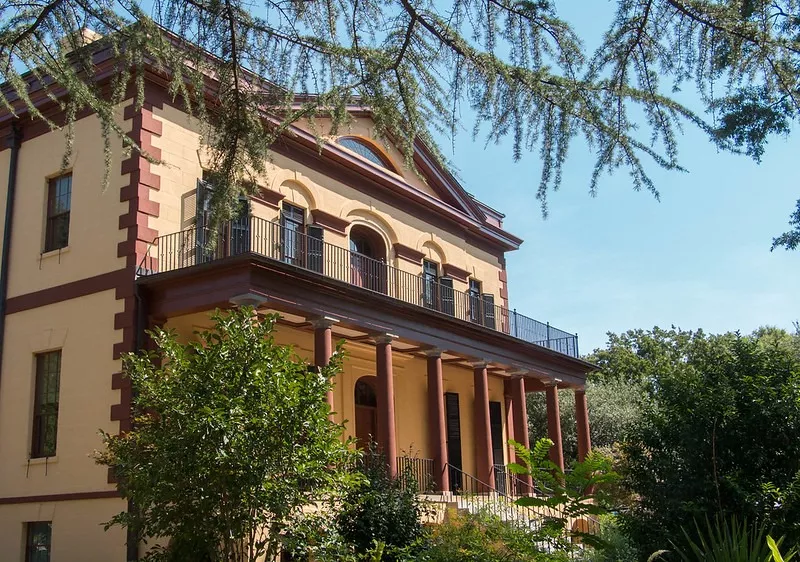
In marking Historic Columbia’s 60th Anniversary, our staff are sharing reflections on the improvements and achievements at our historic sites and with our programs, only made possible through the support and dedication of donors, members, and volunteers who believe in HC’s purpose to preserve places and share complex stories.
Over the past few months, passersby at the Hampton-Preston Mansion and Gardens, perhaps most unwittingly, have witnessed the realization of a generations-long dream come true. Internally, the work-in-progress is referred to as “HP4,” a seemingly odd moniker for what arguably is the crowning achievement in the realization of the historic site as the centerpiece of the Robert Mills Garden District.
To the public, the concrete, glass, and aluminum building has taken the form of a monumental greenhouse that will empower Historic Columbia to embrace the full potential of its horticultural endeavors. After its debut in early 2022, the Boyd Foundation Horticultural Center will give staff additional propagation, storage, administration, interpretation, and programmatic space—all in the same location of the former antebellum estate’s original greenhouse, where gardeners, employed and enslaved, nurtured domestic and exotic plants and flowers for the property’s owners.
The skills and accomplishments of these people, and others like them, shaped Columbia in ways that stunned visitors to South Carolina’s capital city. Through the efforts of our dedicated grounds department in re-matriating heritage plants, their horticultural legacy and those of later gardeners will perpetuate.
Other recent capital projects at the property, also made possible through the generosity of the Boyd Foundation, have propelled Historic Columbia’s horticultural efforts in a methodical fashion since 2011. During Historic Columbia’s 50th year, Susan and Darnall Boyd supplied helpful support in the restoration of the Hampton-Preston Mansion’s then-deteriorated front cast and wrought iron gates. Later capital improvements came to include the rehabilitation of the southwest and southeast gardens, where other donations resulted in the installation of a reproduction Hiram Powers fountain in 2012 and the creation of a children’s garden complete with a custom-designed gazebo in 2015.
These changes proved the harbinger of future accomplishments—what came to be known as “HP2.” This involved garden improvements that revealed 1980s-era, historically accurate pathways and the installation of two acres worth of gardens to the north of the recently rehabilitated southwest and southeast sections of the property in 2017. A complete exterior and partial interior rehabilitation in 2018 marked the site’s 200th anniversary and a time in which Historic Columbia oversaw broad sweeping interpretive improvements, especially in regard to telling the stories of enslaved people and postbellum domestic workers, and aesthetic changes, such as the adoption of an accurate mid-19th-century exterior paint scheme.
Quick on the heels of this latest capital improvements episode came “HP3,” the campaign that resulted in the creation of modern classrooms, public bathrooms, a special events space, and a sunken patio that could be used for rental purposes yet its design conveyed important interpretive lessons about the site’s evolution. As soon as HP3 was completed, the pandemic began. But its impact was incredibly lessened at Hampton-Preston thanks to the now-maturing gardens, planted two years earlier, that served as a place of recreation and respite for locals and tourists alike.
Despite COVID, Historic Columbia and the Boyd Foundation continued to plan for the future. That future is now and continues to unfold each week with exciting new accomplishments on the part of contractors and artisans whose work is bringing us closer to the New Year and an exciting next chapter in Historic Columbia’s growth as a 60-year-young organization.
-

Members of Wisconsin Greenhouse Company install one of the greenhouse’s many double-pane, insulated panels in early November 2021.
-
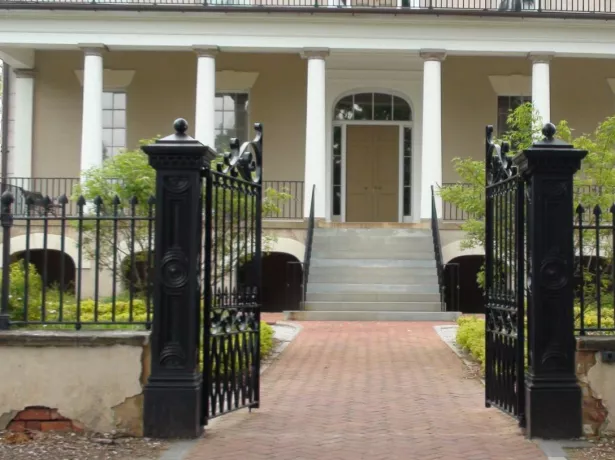
Restoration of the Hampton-Preston Mansion and Gardens historic front gates in 2012 opened new doors for future accomplishments.
-

Phased restoration of the gardens followed exterior work on the mansion and the restoration of its entrance gates.
-
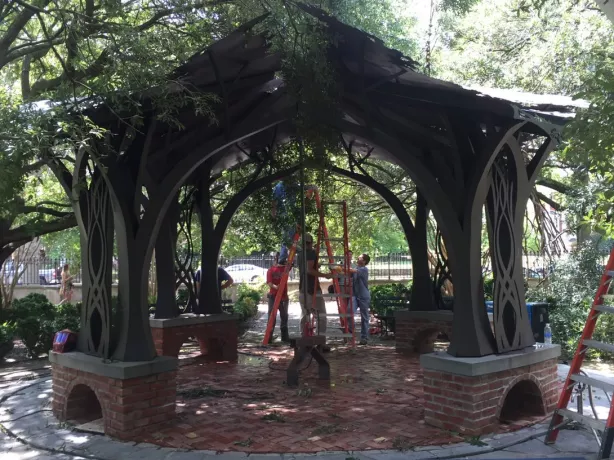
Phased restoration of the gardens followed exterior work on the mansion and the restoration of its entrance gates.
-

Phased restoration of the gardens followed exterior work on the mansion and the restoration of its entrance gates.
-
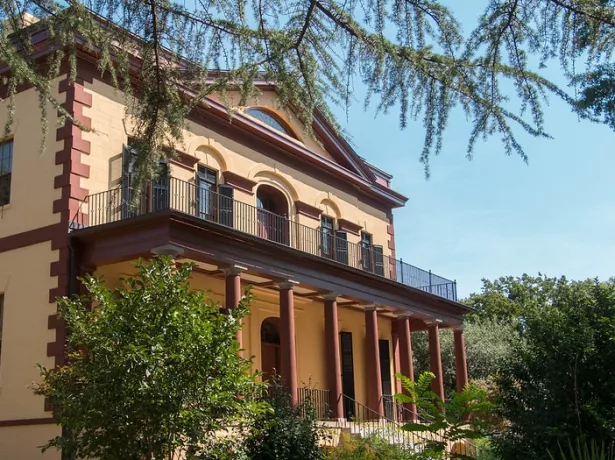
Tremendous work performed in 2018 in anticipation of the site’s 200th anniversary—internally referred to as “HP3”— resulted in unprecedented interior, exterior, and grounds improvements.
-
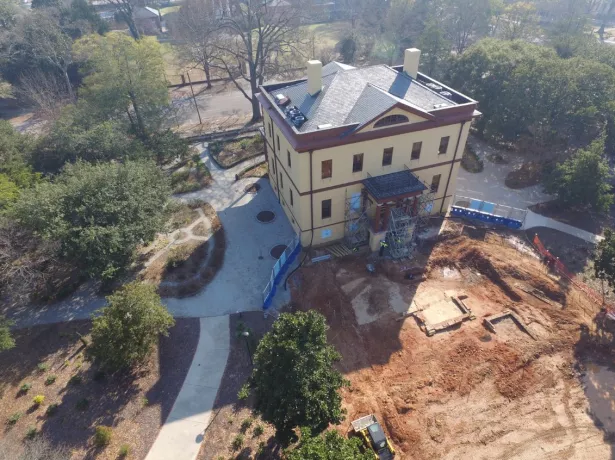
Tremendous work performed in 2018 in anticipation of the site’s 200th anniversary—internally referred to as “HP3”— resulted in unprecedented interior, exterior, and grounds improvements.
-
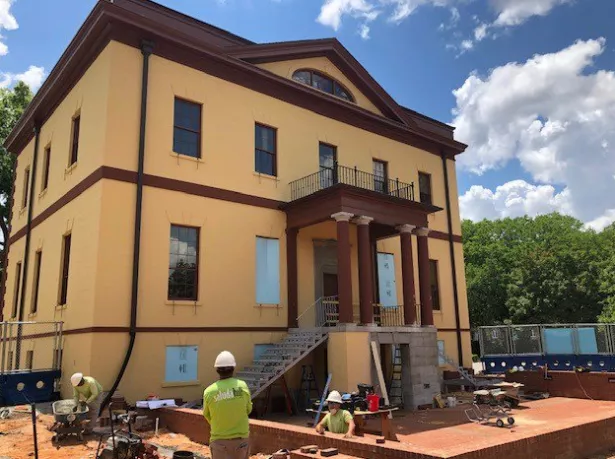
Tremendous work performed in 2018 in anticipation of the site’s 200th anniversary—internally referred to as “HP3”— resulted in unprecedented interior, exterior, and grounds improvements.
-
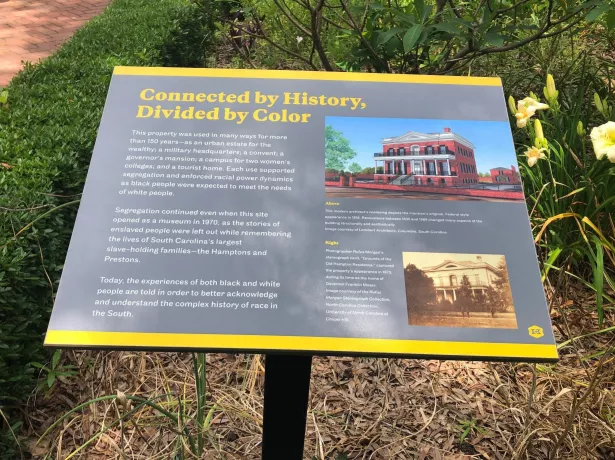
Tremendous work performed in 2018 in anticipation of the site’s 200th anniversary—internally referred to as “HP3”— resulted in unprecedented interior, exterior, and grounds improvements.
-
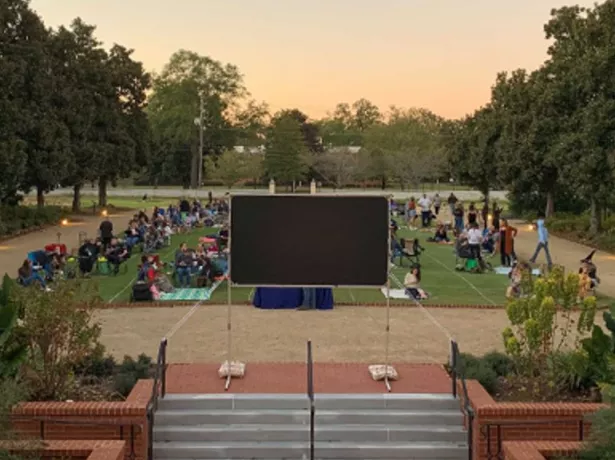
The fruits of years of labor and dedicated support from such funders at the Boyd Foundation, the Powell family, and others allowed Historic Columbia to open the Hampton-Preston gardens to scores of visitors weary of Covid restrictions.
-

An exciting addition that will accompany the completion of the much-anticipated greenhouse will be a modern interpretation of a “summer house,” seen at left in this ca. 1895 image, that allowed visitors access to the former antebellum estate’s gardens from Pickens Street.
Historic House Tours
How does 200 years of history fit under four roofs? Come see as we take you on a journey through our four historic house museums in the heart of the Robert Mills Historic District. Our houses explore the early 19th through mid-20th centuries.